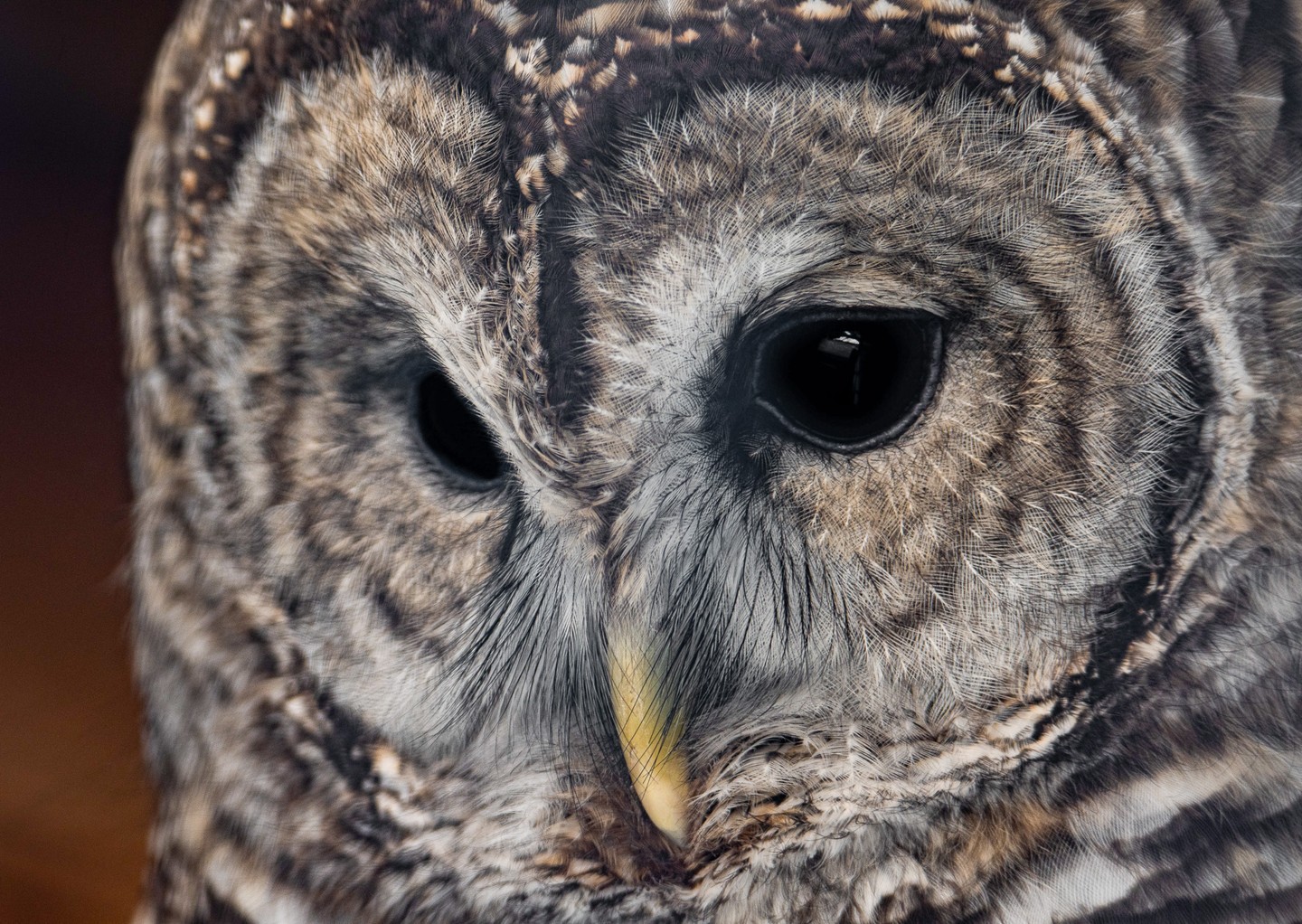Summary:
1. The Amazing Adaptations of Owls: Their unique features make them excellent hunters.
2. The Barrel-Owl Connection: Exploring the relationship between barrels and owls.
3. The Mysterious Nocturnal World: Discovering the fascinating lives of owls after dark.
4. Owl Conservation: Understanding the importance of protecting these magnificent creatures.
5. Owls in Mythology and Symbolism: Unveiling the cultural significance of owls throughout history.
Welcome to the enchanting world of owls! These majestic creatures have captivated our imaginations for centuries, and for good reason. With their haunting hoots and mesmerizing appearance, owls are one of nature’s wonders. In this blog post, we will explore the unique and fascinating aspects of the happy, hooting inhabitants of the avian world – owls!
1. The Amazing Adaptations of Owls:
One of the most intriguing aspects of owls is their incredible adaptability. From their soft feathers designed for silent flight to their keen eyesight and exceptional hearing, owls have evolved to become exceptional hunters of the night. Did you know that an owl can’t move its eyes? Instead, an owl can rotate its entire head 270 degrees in either direction! This exceptional neck flexibility allows them to scan their surroundings without moving their bodies, a nifty adaptation for stalking prey.
Additionally, owls have specialized feathers that enable them to fly silently, allowing them to sneak up on their unsuspecting victims. These specialized feathers reduce noise and aid in camouflage, as certain owl species have feathers that mimic the bark of trees or the rough texture of rocks. Nature certainly has given owls quite the advantage in hunting success!
2. The Barrel-Owl Connection:
One image that comes to mind when we think of owls is the iconic “wise old owl” perched on a barrel. But have you ever wondered why owls are often associated with barrels? The connection between barrels and owls can be traced back to the barn owl, who frequently nests in dark, secluded spaces like barns and hollow tree trunks. In the past, storing grains and other agricultural products in barrels was common, creating convenient nesting spots for barn owls.
Over time, the association between barn owls and barrels became deeply ingrained in popular culture, leading to the image we often see today. So, next time you see an owl perched on a barrel in a cartoon or a picture, you’ll know the history behind this whimsical portrayal!
3. The Mysterious Nocturnal World:
Owls are nocturnal creatures, meaning they are most active at night. This adaptation allows them to avoid competition with diurnal (daytime) predators and exploit the abundance of small mammals, insects, and other active creatures at night.
Nighttime is when owls truly come alive. Their exceptional eyesight and hearing became their most valuable assets during this time. Owls have large, forward-facing eyes packed with specialized cells called rods and cones, allowing them to see in dim light. Their eyes are so well-adapted for night vision that they can see objects even in conditions that are pitch black to us humans!
But owls don’t rely solely on their eyesight to navigate their nocturnal world. They also have remarkably acute hearing. Their facial disc, a unique feature surrounding their eyes, acts as a sound collector, channeling sounds towards their ears. This incredible hearing allows owls to accurately locate prey, even in complete darkness! It’s almost like they have a built-in GPS for hunting.
4. Owl Conservation:
As awe-inspiring as owls are, they face numerous challenges in the modern world. Habitat loss, pollution, climate change, and poaching are just some of the threats that owls encounter. Conserving owl populations is crucial for the sake of biodiversity and the balance of ecosystems.
Protecting owl habitats by preserving forests, woodlands, and wetlands is vital. It is essential to raise awareness about these magnificent creatures and the significance they hold not only in our hearts but also in maintaining healthy ecosystems. Various organizations and initiatives are dedicated to owl conservation, which we can support as concerned individuals. Remember, every small effort makes a difference for these remarkable creatures!
5. Owls in Mythology and Symbolism:
Throughout history, owls have been significant in various cultures and mythologies. The wisdom associated with owls can be traced back to ancient Greece, where the goddess Athena was often depicted with an owl on her shoulder. In Greek mythology, the owl symbolized wisdom and protection.
Similarly, Native American cultures revered owls and considered them messengers or spiritual guardians. In some tribes, owls were believed to possess healing powers or serve as intermediaries between the human and spirit worlds.
Owls have also been portrayed in literature and popular media, representing everything from knowledge and intelligence to mystery and intrigue. From the wise owl in “Winnie the Pooh” to Hedwig, Harry Potter’s faithful owl companion, these creatures capture our imaginations.
In conclusion, owls are truly fascinating creatures that never fail to amaze us with their incredible adaptations, hunting abilities, and cultural significance. As we delve deeper into the realms of zoology and nature, these hooting inhabitants of the night become even more intriguing. So, next time you catch a glimpse of an owl or hear its haunting hoot, take a moment to appreciate the wonders of the natural world. Happy owl-spotting!
*****
Source Description
Happy! Did you know that an owl can’t move its eyes? Instead, an owl can rotate its entire head 270 degrees in either direction!
Barred owl Lia Photo by Aniessa Brownell


